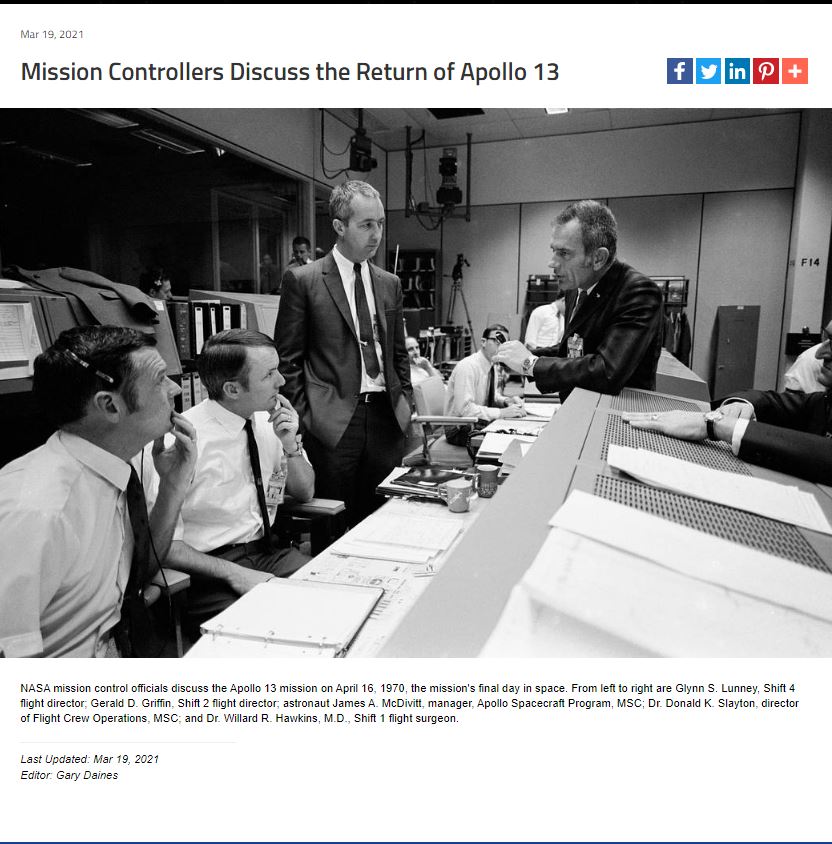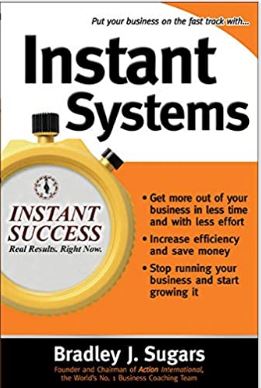We are all familiar with IQ Testing designed to scientifically measure so-called intelligence in adults and children. While there is a great debate over the accuracy and relevance of IQ testing in today’s business world, there is no doubt that fostering and measuring innovation is critical to business success.
Innovation is a direct result of creative thinking, and if a business can crack the code to fostering a more creative workplace, they could have a distinct competitive advantage. But where to start?
There are several online tools and evaluations to help business owners measure creative or divergent thinking in the teams and often they boil down to measuring four criteria.
“Studies into creativity often use an assessment tool known as the Guilford Measures,
which some workplaces use when trying to objectively measure that elusive beast called creativity”.
1. Fluency: how many responses a person, team or process can generate
2. Flexibility: how many different types/categories of responses are generated
3. Originality: how different are the responses from the norm
4. Elaboration: how detailed are the responses
Most businesses just want consistency and efficiencies, (thus establishing SOP, Standard Operating Procedures for everything under the sun), seemingly draining the creative juices of their teams. System overload bogs down their teams when every step-by-step activity is mapped out and systemized.
Systems don’t have to be the killers of creativity. They should conversely be the catalyst to foster creative thinking. Sounds like an impossible task? Systems are not supposed to slow progress, they are by their very existence designed to enhance productivity and efficiencies. So why do so many businesses fail on both ends of the scale? Because they haven’t found the balance between systemization and innovation.
Let’s take the Apollo 13 mission as an example. This historic moon mission April 11-17, 1970 sent four highly qualified astronauts up in space for the seventh moon mission in United States history. During the flight towards the moon, the Apollo space capsule experienced an electric fire that damaged the oxygen tanks and the mission to land on the moon was aborted. Even more pressing, was how to get the crew back safely under extremely precarious circumstances. Famous for the quote, “Houston, we have a problem”, astronaut Jim Lovell reported the emergency to the ground control who was then tasked to solve the problem of low oxygen, reduced power and a capsule that was too heavy to enter the earth’s atmosphere safely.
https://www.nasa.gov/image-feature/mission-controllers-discuss-the-return-of-apollo-13

Faced with life-and-death decisions, the ground control crew and support teams spent hours breaking down process after process and examining each system to find the right answers that would bring the Apollo 13 crew home alive. They used the systems and processes at their disposal to come up with creative solutions for both oxygen generation and for re-routing the Apollo module around the moon and bringing the crew back home safely.
This seven-day mission, which didn’t achieve its original objectives, was actually a success. The recovery of the astronauts and the splash down in the Pacific Ocean sparked innovation that was the catalyst for future advancement in space travel for the next two decades.
The team at NASA using their creativity, knowledge and skills to avoid tragedy by using the systems and processes available to the to solve a “new” problem.
In Brad Sugars Instant Systems, Sugars discusses the importance of systemizing business to foster efficiencies and creativity.
“This is one of the most misunderstood areas of business today. I find this rather strange, because it’s one area of business that’s easy to implement, and one that will make your life and those of your team members, so much easier.”
As the CEO and Founder of ActionCOACH®, the world’s largest business coaching franchise, Sugars and his coaches have helped thousands of business owner unleash the power of systems and processes in their organizations and foster creative problem solving simultaneously.

Instant Series by Brad Sugars
Sugars outlines four board areas to systemize your business. And in the book goes into detail about the types of systems and processes any successful business should have. The four areas are;
a. People and Education
b. Delivery and Distribution
c. Testing and Measuring
d. Systems and Technology
Sugars stresses planning, communication and team involvement when systemizing your business to improve both efficiencies and problem solving. Focusing your team’s creativity into specific areas will help you gain a competitive advantage.
To learn more about systemising your business please get in touch.







Thank you for your sharing. I am worried that I lack creative ideas. It is your article that makes me full of hope. Thank you. But, I have a question, can you help me? https://accounts.binance.com/ka-GE/register-person?ref=W0BCQMF1